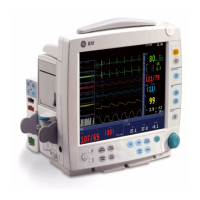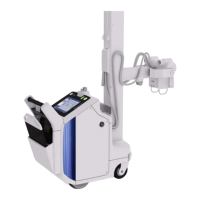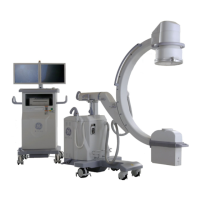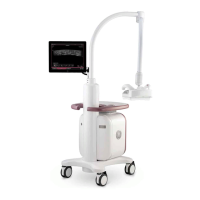GE HEALTHCARE
DIRECTION 5461425-8EN, REVISION 6 BRIVO XR118 SERVICE MANUAL
Chapter 6 - - Calibration Page 145
7.2 EMI Reduction
In order to allow modification of the behavior of the EMI Reduction algorithm, several changeable
parameters will be present on the Service User Interface (SUIF). These parameters are: amplitude
threshold, minimum correctable frequency, maximum correctable frequency, maximum allowable
correction and maximum number of iterations.
7.2.1 EMI Parameters
1.) Amplitude Threshold
The EMI Reduction algorithm uses an amplitude threshold parameter to determine the
minimum signal required at a given frequency in order to result in subtraction of the suspected
EMI signal. A suspect signal with an amplitude larger than the threshold will be removed
(provided that the maximum number of iterations for the algorithm has not been reached).
2.) Frequency Range
The frequency range over which the EMI Reduction algorithm searches for suspect signals is
limited by setting minimum and maximum frequencies. The maximum frequency is dictated by
sampling theory (signals with higher frequencies can still appear as aliased signals with
frequencies less than or equal to the maximum frequency). The minimum frequency exists to
avoid corruption at low spatial frequencies.
The “frequency” range is relative to the detector line frequency. The corresponding number of
lines seen on the image from an EMI artifact will depend on the detector read out time.
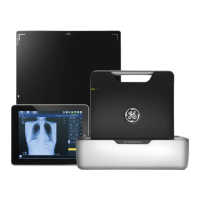
